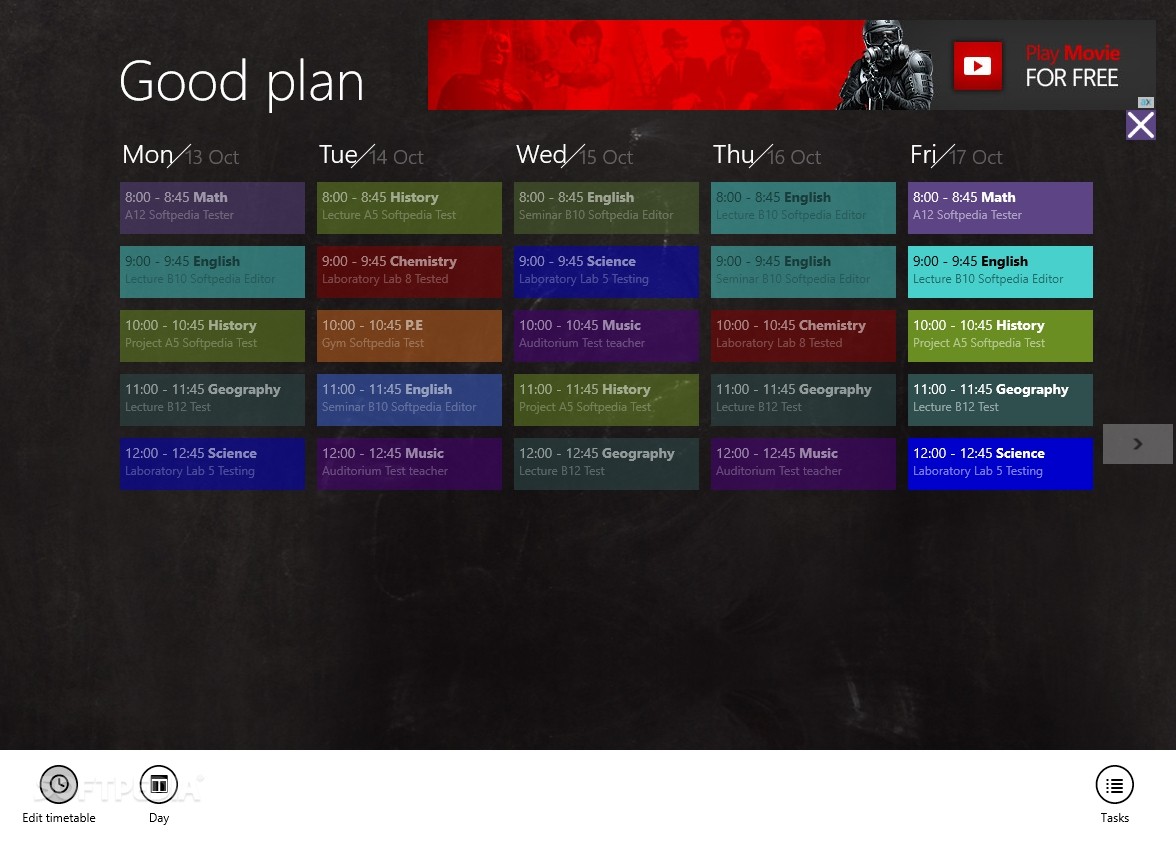

Likewise, a Feedback Control System is a system that tends to maintain a prescribed relationship of one system variable to another by comparing functions of these variables and using the difference as a means of control. The definition of a closed-loop control system according to the British Standard Institution is 'a control system possessing monitoring feedback, the deviation signal formed as a result of this feedback being used to control the action of a final control element in such a way as to tend to reduce the deviation to zero.' For this reason, closed-loop control is also called feedback control. A closed-loop controller, therefore, has a feedback loop that ensures the controller exerts a control action to give a process output equal to the "reference input" or "set point". In the case of the boiler analogy, this would include a temperature sensor to monitor the building temperature, and thereby feed a signal back to the controller to ensure it maintains the building at the temperature set on the thermostat. In closed-loop control, the control action from the controller is dependent on the process output. The process output is building temperature.) (The control action is switching the boiler off and on. A good example of this is a central heating boiler controlled only by a timer, so that heat is applied for a constant time, regardless of the temperature of the building. In open-loop control, the control action from the controller is independent of the "process output" (or "controlled process variable"). Open-loop and closed-loop (feedback) control įundamentally, there are two types of control loops: open-loop control, and closed-loop control. 10.12.1 Industrial Automation and Industry 4.0.4 Advantages, disadvantages, and limitations.

3.2 Industrial Revolution in Western Europe.2.3 Sequential control and logical sequence or system state control.
 1 Open-loop and closed-loop (feedback) control. It was during this time that industry was rapidly adopting feedback controllers, which were introduced in the 1930s. The term automation, inspired by the earlier word automatic (coming from automaton), was not widely used before 1947, when Ford established an automation department. Job losses and downward mobility blamed on Automation has been cited as one of many factors in the resurgence of nationalist, protectionist and populist politics in the US, UK and France, among other countries since the 2010s. The World Bank's World Development Report 2019 shows evidence that the new industries and jobs in the technology sector outweigh the economic effects of workers being displaced by automation. The benefit of automation includes labor savings, reducing waste, savings in electricity costs, savings in material costs, and improvements to quality, accuracy, and precision. Complicated systems, such as modern factories, airplanes, and ships typically use all these combined techniques. The mathematical basis of control theory was begun in the 18th century and advanced rapidly in the 20th.Īutomation has been achieved by various means including mechanical, hydraulic, pneumatic, electrical, electronic devices, and computers, usually in combination. This closed-loop control is an application of negative feedback to a system. In the simplest type of an automatic control loop, a controller compares a measured value of a process with a desired set value and processes the resulting error signal to change some input to the process, in such a way that the process stays at its set point despite disturbances. In control complexity, it can range from simple on-off control to multi-variable high-level algorithms. Automation has also found space in the banking sector. Īutomation covers applications ranging from a household thermostat controlling a boiler, to a large industrial control system with tens of thousands of input measurements and output control signals. Īutomation includes the use of various equipment and control systems such as machinery, processes in factories, boilers, and heat-treating ovens, switching on telephone networks, steering, and stabilization of ships, aircraft, and other applications and vehicles with reduced human intervention. Human intervention is reduced by predetermining decision criteria, subprocess relationships, and related actions - and embodying those predeterminations in machines.
1 Open-loop and closed-loop (feedback) control. It was during this time that industry was rapidly adopting feedback controllers, which were introduced in the 1930s. The term automation, inspired by the earlier word automatic (coming from automaton), was not widely used before 1947, when Ford established an automation department. Job losses and downward mobility blamed on Automation has been cited as one of many factors in the resurgence of nationalist, protectionist and populist politics in the US, UK and France, among other countries since the 2010s. The World Bank's World Development Report 2019 shows evidence that the new industries and jobs in the technology sector outweigh the economic effects of workers being displaced by automation. The benefit of automation includes labor savings, reducing waste, savings in electricity costs, savings in material costs, and improvements to quality, accuracy, and precision. Complicated systems, such as modern factories, airplanes, and ships typically use all these combined techniques. The mathematical basis of control theory was begun in the 18th century and advanced rapidly in the 20th.Īutomation has been achieved by various means including mechanical, hydraulic, pneumatic, electrical, electronic devices, and computers, usually in combination. This closed-loop control is an application of negative feedback to a system. In the simplest type of an automatic control loop, a controller compares a measured value of a process with a desired set value and processes the resulting error signal to change some input to the process, in such a way that the process stays at its set point despite disturbances. In control complexity, it can range from simple on-off control to multi-variable high-level algorithms. Automation has also found space in the banking sector. Īutomation covers applications ranging from a household thermostat controlling a boiler, to a large industrial control system with tens of thousands of input measurements and output control signals. Īutomation includes the use of various equipment and control systems such as machinery, processes in factories, boilers, and heat-treating ovens, switching on telephone networks, steering, and stabilization of ships, aircraft, and other applications and vehicles with reduced human intervention. Human intervention is reduced by predetermining decision criteria, subprocess relationships, and related actions - and embodying those predeterminations in machines. 
Automation describes a wide range of technologies that reduce human intervention in processes.








 0 kommentar(er)
0 kommentar(er)
